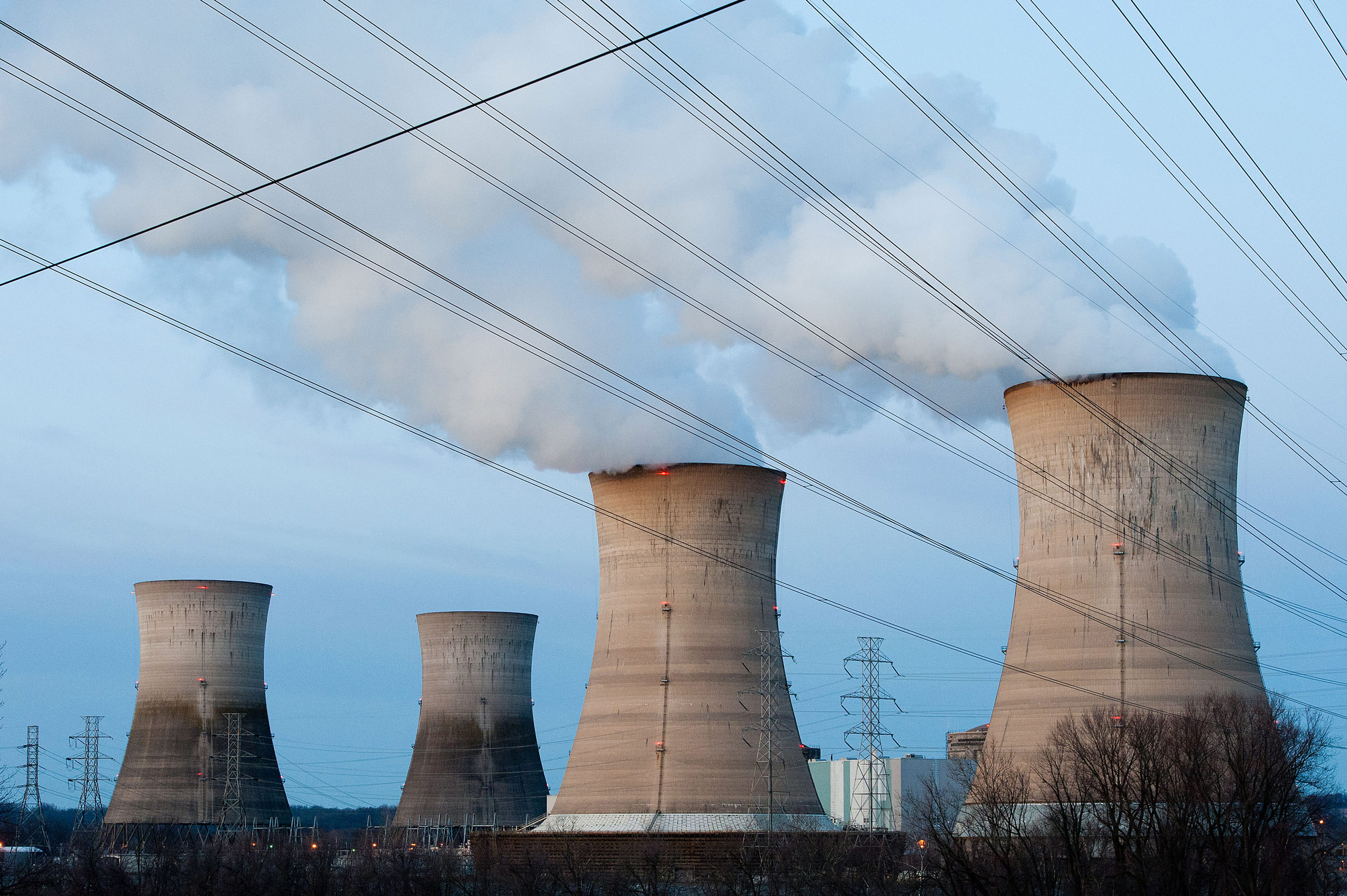Why America’s Old Nuclear Plants Could Be Dragging Down Clean Energy Development

Eking out the life of old nuclear plants could cripple the adoption of renewable energy.
The nuclear industry is currently reeling in the wake of the meltdown of Toshiba’s reactor business. As we’ve previously reported, the Japanese technology conglomerate was building the only new reactors currently in construction within the U.S. So its failure to succeed in capitalizing on a new generation of smaller reactors looks set to put a huge damper on the construction of new plants in the coming years.
In reality, though, the industry has been nothing but sluggish for decades. Tightening regulations, soaring construction costs, and a nightmarish PR problem have all served to undermine many plans to build new nuclear facilities.
Trouble is, nuclear is the only low-carbon energy source that can provide reliable baseload power, because renewables like wind and solar vary with the time of day and weather conditions. With no new nuclear plants scheduled to come online, pressure to curb carbon dioxide emissions has led some states to keep old reactors running into their old age.
As Bloomberg notes, New York and Illinois are investing billions of dollars to keep old facilities in action, and Connecticut, New Jersey, and Ohio are among states contemplating the same idea. It’s an expensive process, though it does mean that new natural gas plants aren’t required to fill the gaps left by wind and solar.
But according to Bloomberg’s report, that investment could be damaging the renewables sector. In a painful one-two, clean energy funds are being diverted away from solar and wind projects to keep the nukes running, while sometimes overly high baseload supplies maintained by continued use of old nuclear keeps energy prices low, making investment in renewables less attractive.
All that said, the extreme alternative—simply letting nuclear slide from use—is none too palatable. As David Gattie and Scott Jones from the University of Georgia argue for Forbes, allowing nuclear to simply sputter out altogether will make it hard to meet the emissions targets required by the Paris climate agreement, and could also weaken America’s nuclear science expertise.
A middle way may be new breeds of smaller nuclear reactors that could allow the country to maintain a reliable clean energy baseload capacity while leaving room for increased adoption of renewables. And ultimately, we will need to pull the plug on those aged plants.
(Read more: Bloomberg, Forbes, “Meltdown of Toshiba’s Nuclear Business Dooms New Construction in the U.S.,” “Giant Holes in the Ground,” “MIT’s Nuclear Lab has an Unusual Plan to Jump-Start Advanced-Reactor Research”)
Keep Reading
Most Popular
Large language models can do jaw-dropping things. But nobody knows exactly why.
And that's a problem. Figuring it out is one of the biggest scientific puzzles of our time and a crucial step towards controlling more powerful future models.
How scientists traced a mysterious covid case back to six toilets
When wastewater surveillance turns into a hunt for a single infected individual, the ethics get tricky.
The problem with plug-in hybrids? Their drivers.
Plug-in hybrids are often sold as a transition to EVs, but new data from Europe shows we’re still underestimating the emissions they produce.
Stay connected
Get the latest updates from
MIT Technology Review
Discover special offers, top stories, upcoming events, and more.